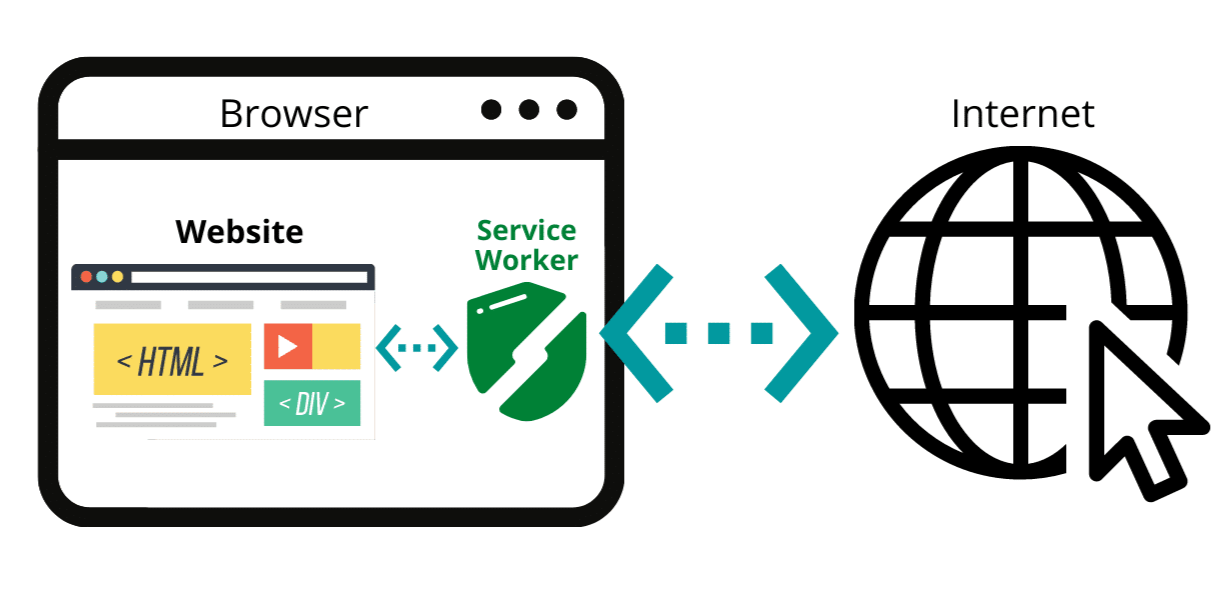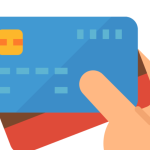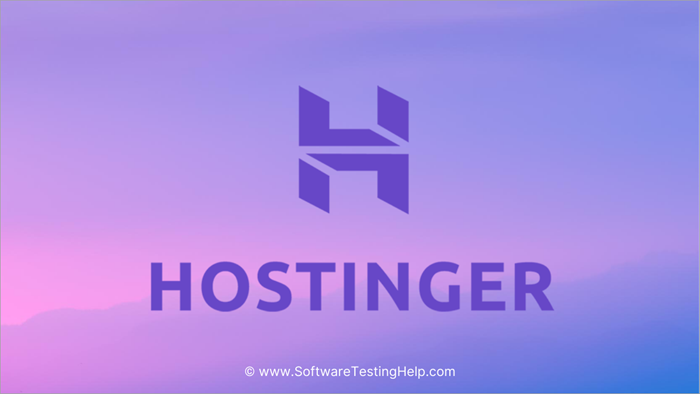
Revolutionizing Offline Experience: Implementing GraphQL in PWAs
- Post
- August 8, 2023
- Progressive Web Apps, PWA Tips & Tricks, Web Technologies
- 0 Comments
In a world where user expectations are constantly evolving, delivering a flawless digital experience is non-negotiable. Enter Progressive Web Apps (PWAs), the answer to bridging the gap between web and mobile applications. PWAs leverage modern web capabilities to offer users a fast, reliable, and engaging experience, even in offline scenarios.
Understanding PWAs
PWAs embody a set of core characteristics that set them apart. They are responsive, capable of working across multiple devices and screen sizes. Moreover, they’re installable, allowing users to add them to their home screens without the need for app stores. PWAs harness the power of service workers, enabling background processing and offline caching, which significantly boosts performance.
Challenges and Solutions
One of the challenges faced by traditional PWAs is their offline limitations. While they can cache assets for offline access, interactive data retrieval remains challenging. This is where GraphQL comes into play. GraphQL, a query language for APIs, empowers clients to request exactly the data they need, making it an ideal partner for PWAs.
Revolutionizing Offline Experiences
GraphQL, originally developed by Facebook, has gained rapid adoption due to its efficiency in data fetching. Its key advantage lies in reducing over-fetching and under-fetching of data. When integrated into PWAs, GraphQL streamlines data retrieval, enabling apps to perform seamlessly even without a steady internet connection.
Best Practices for PWA Designs
Designing a successful PWA entails adhering to certain best practices. Responsive design is paramount, ensuring optimal user experiences across devices. A well-thought-out user interface (UI) is equally crucial, guaranteeing ease of navigation and interaction, regardless of the user’s device or context.
PWA Requirements
To embark on the PWA journey, adhering to specific requirements is essential. HTTPS and secure origins are fundamental to ensure data privacy and security. The manifest file, a JSON document, defines how the app appears on the user’s device, while service workers enable background processes and offline functionality.
Tutorial: Implementing GraphQL in PWAs
Setting up GraphQL within a PWA involves multiple steps. First, the GraphQL server needs to be established, providing a schema that outlines the available data and queries. Integration with the PWA then requires connecting the client-side code to the GraphQL server, enabling seamless data retrieval and synchronization.
Enhancing Performance with GraphQL
GraphQL’s efficiency shines when it comes to enhancing performance. By allowing clients to specify their data requirements, over-fetching is eliminated. This means less data transferred over the network, resulting in faster load times and a smoother user experience.
Ensuring App Responsiveness
Real-time data updates and dynamic user experiences are the hallmarks of a responsive PWA. GraphQL facilitates real-time communication between the client and server, enabling instant updates and interactions, even in offline mode.
Final Words
The fusion of Progressive Web Apps with GraphQL introduces a paradigm shift in the realm of offline experiences. By intelligently fetching and managing data, PWAs become even more versatile and user-centric. This strategic alliance not only meets evolving user expectations but also empowers developers to create applications that transcend limitations. Embrace the future by embracing GraphQL-powered PWAs – the path to unprecedented digital experiences.
Commonly Asked Questions
Q1: What role does caching play in PWAs and GraphQL integration?
Caching remains vital in PWAs for offline access to assets. With GraphQL, data caching can be more granular, as clients request specific data fragments, optimizing storage usage.
Q2: How does GraphQL enhance offline data synchronization?
GraphQL’s ability to tailor data requests benefits offline scenarios. Clients request only the necessary data, enabling more effective synchronization when connectivity is restored.
Q3: Are there any security considerations when using GraphQL in PWAs?
While GraphQL offers data efficiency, security measures should not be overlooked. Implementing authentication and authorization layers is crucial to safeguard sensitive information.
Q4: Can existing PWAs be retrofitted with GraphQL functionality?
Yes, existing PWAs can be enhanced with GraphQL integration. By modifying the data retrieval layer, apps can take advantage of GraphQL’s optimization benefits.
Q5: What are the potential downsides of implementing GraphQL in PWAs?
While GraphQL offers numerous advantages, its complexity may pose challenges for developers new to the technology. Proper training and understanding are essential to harness its full potential.




